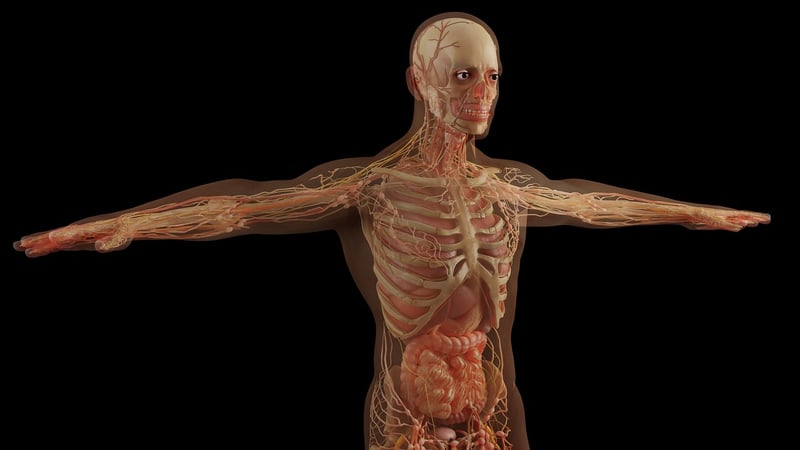Lung Health Practices
Focused Breathing and Lung Health Practices
Our lungs play a crucial role in keeping us alive by ensuring our bodies receive oxygen and expel carbon dioxide. Taking care of our lung health is essential for overall well-being. In addition to regular exercise and a healthy diet, incorporating focused breathing techniques can also contribute to better lung function. Let's explore some practices that can help improve lung health:
1. Diaphragmatic Breathing
Diaphragmatic breathing, also known as belly breathing, involves breathing deeply to allow your diaphragm to fully engage. To practice this technique, sit or lie down comfortably and place one hand on your chest and the other on your abdomen. Inhale deeply through your nose, allowing your abdomen to expand, then exhale slowly through your mouth, feeling your abdomen contract. This type of breathing helps increase the efficiency of oxygen exchange in the lungs.
2. Pursed Lip Breathing
Pursed lip breathing is a technique that can help improve breathing patterns and lung function. To practice this method, inhale slowly through your nose for two seconds, then purse your lips as if you're about to whistle and exhale slowly and steadily for four seconds. This technique helps keep the airways open longer, making it easier to breathe out and decreases the work of breathing.
3. Alternate Nostril Breathing
Alternate nostril breathing is a yoga breathing technique that can help improve lung function and reduce stress. Sit comfortably with your spine straight, use your right thumb to close your right nostril, inhale through your left nostril, then close your left nostril with your right ring finger. Open the right nostril and exhale through it. Repeat the pattern, alternating nostrils. This practice can help balance the flow of air between the two sides of the nose and improve overall lung capacity.
4. Lung-Strengthening Exercises
In addition to breathing techniques, incorporating lung-strengthening exercises into your routine can help enhance lung capacity and function. Activities like brisk walking, swimming, cycling, and aerobic exercises can improve cardiovascular fitness and strengthen the respiratory muscles, leading to better lung health.

By incorporating these focused breathing techniques and lung-strengthening exercises into your daily routine, you can support your lung health and overall well-being. Remember to consult with a healthcare professional before starting any new exercise or breathing practice, especially if you have existing respiratory conditions.
Take a deep breath, practice these techniques regularly, and feel the difference in your lung health!
